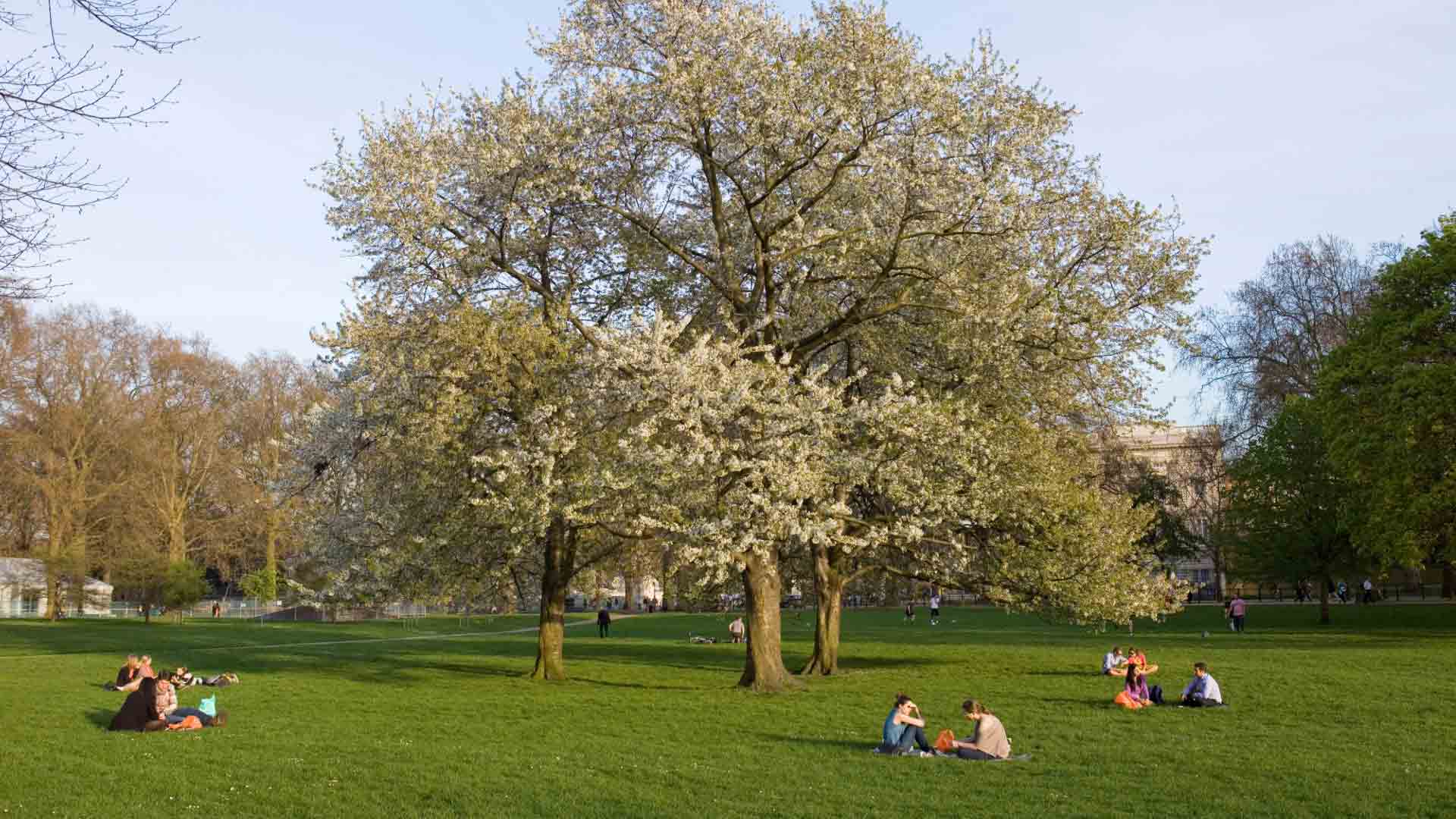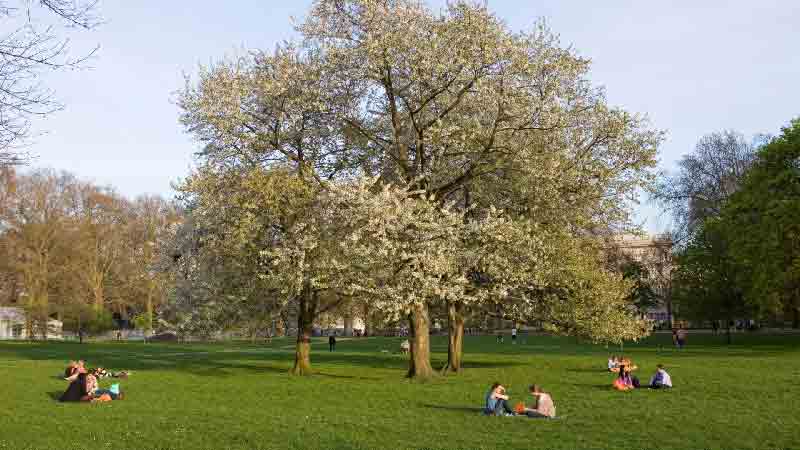

Finsbury Park: A Journey Through Its Culture, History, Mysteries, and Curiosities
History
The land where Finsbury Park stands today has seen many changes over the centuries. Originally, in the 17th century, this area was part of the Finsbury lands, known for its farming fields and middle-class homes.
In 1869, the decision was made to turn this area into a public space, following the Victorian era's trend of creating urban parks. Designed by architect Alexander McKenzie, Finsbury Park officially opened in 1869 with a landscape that featured open areas, well-kept gardens, ponds, and tree-lined paths.
During World War II, the park was damaged by German bombings but was restored in the following decades, continuing to serve as a green oasis for Londoners.
Culture
Finsbury Park is a cultural hotspot with a variety of events that attract people of all ages and backgrounds. One of the standout events is the Finsbury Park Festival, an annual celebration featuring live music, international food stalls, art exhibitions, and activities for kids.
The park is also known for its ethnic diversity, showcased by the numerous restaurants and shops surrounding it. This diversity is celebrated through cultural festivals that honor local communities' traditions, including parades, dance performances, and musical acts.
Additionally, Finsbury Park offers top-notch sports facilities, such as tennis courts, athletics tracks, and playgrounds, promoting an active and healthy lifestyle among residents.
Mysteries
Like many historical places, Finsbury Park is surrounded by legends and mysteries that captivate both locals and visitors. One of the most intriguing is the tale of the rumored underground tunnels beneath the park.
Local stories suggest that these tunnels date back to World War II and were used as shelters during bombings. Although there's no concrete evidence to support these claims, the legend adds a mysterious aura to the park.
Another fascinating mystery is the "Silent Fountain". It's said that on quiet nights, whispering voices can be heard near the park's main fountain. Some believe these are spirits of former residents, while experts suggest natural acoustic phenomena as the likely explanation.
Curiosities
Finsbury Park is full of unique details that make it special:
- Historic Monuments: The park is home to several monuments, including the Monument to Women Who Contributed During World War I, erected in 1921 to honor women who worked in factories and public services during the war.
- Finsbury Park Station: The train station that shares its name with the park is one of London's oldest, opened in 1854. It's a key transportation hub connecting various metro and train lines, making the park easily accessible.
- Murals and Public Art: Throughout the park, you'll find murals and public artworks that reflect the area's history and cultural diversity. These pieces are created by local artists and are regularly updated, keeping the park vibrant and visually appealing.
- Diverse Flora and Fauna: Finsbury Park is home to a wide variety of plants and animals. Birdwatchers often visit the main pond, where you can spot herons, ducks, and swans.
- Iconic Sports Events: The park has hosted important sports events, including cricket matches and athletics competitions. It's also a gathering spot for local marathons and cycling races.
Conclusion
Finsbury Park is a microcosm of London's rich history and cultural diversity. From its beginnings as agricultural land to its current status as a vibrant cultural hub, the park has evolved to meet the needs of its visitors. The surrounding mysteries and unique curiosities add layers of interest that invite deeper exploration of this iconic urban space. Whether you're enjoying a picnic, attending a cultural event, or simply strolling along its paths, Finsbury Park offers an enriching experience for everyone.
